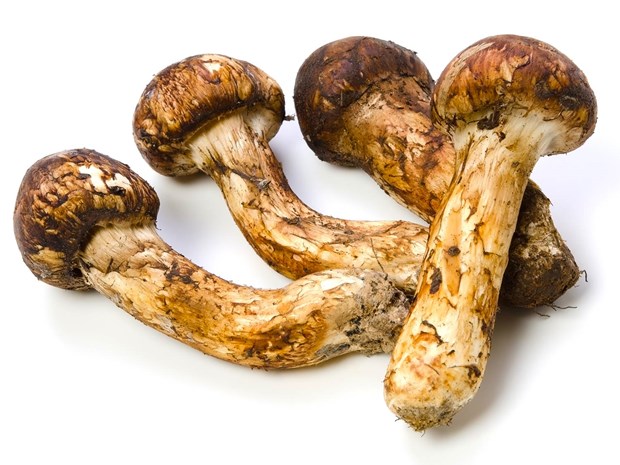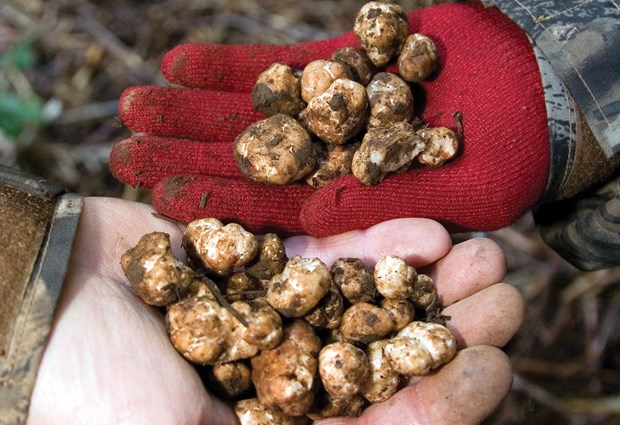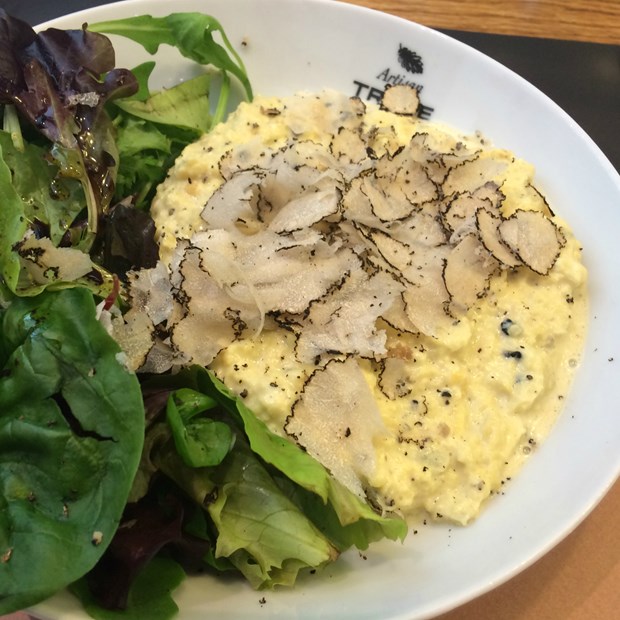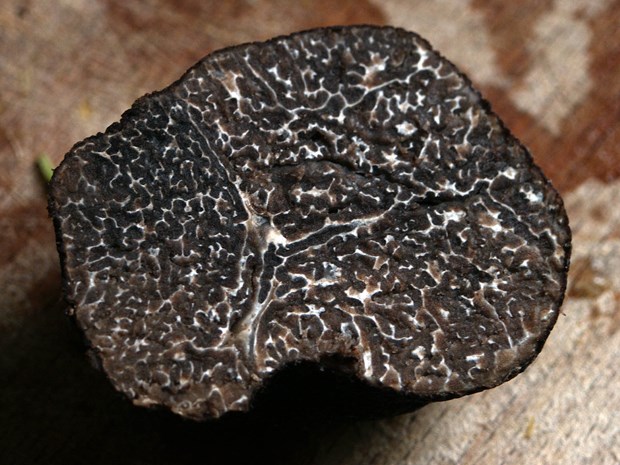After rainy season – anywhere from tropical to temperate zones, all humid forests have celebrated plenty of new lives. Fruits are getting ripe on branches and underneath layers of decayed leaves, another dynamic world are waking up. Around the trees, mushroom of all kinds have opened their eyes after a long nap.
Mushroom
is the real “safe and organic” food. It’s no need to worry whether those
mushroom in your kitchens is over fertilized or preserved by harmful chemical
because mushroom themselves can’t absorb inorganic substances. As a
heterotrophic organism, mushroom is able to live in symbiosis (or
synchronicity) only; fungus secretes its own enzymes to transform surrounding
area into organically absorbed carbon. Therefore, just some of chemical fertilizer
or irritant or too much chlorine in water can give bad effects on the mushroom;
they would turn pale or even perish right away.
Being
so diverse in types, flavors, and colors, mushroom should be considered as
super food of the fall because of its frugal taste yet nutritious contents.
When the weather gets cooler and the winds pull some of annoying mist away,
special mushroom then appears. A little different from summer fungus or so
called after-rain mushroom as black fungus, oyster mushroom, or straw mushroom,
the fall’s requires cooler yet less humid to develop from spores, which have
been quietly growing a year ago.
Fall
mushroom is quite pickier and their value is also higher; therefore, they could
seize more important positions on dinning tables. There are some
must-talk-about mushroom of the fall:
Matsutake or Japanese
pine mushroom
Statistically,
Japan has over 5000 types of mushroom and fungus, in which 70 types are edible.
Despite the extremely high standards of the Japan, matsutake mushroom stolidly
stands at the top of the golden list because of its feature flavor. Matsutake
mushroom is highly valuable since they’re so rare and are not able to be farm
raised. The only way to collect them is to protect pine forests then to wait
until the fall comes.
The
habitat of matsutake mushroom is in red pine forests, where spores cling to
shallow pines’ root and lay under the thick foliage for a year. The best depth
for them to grow is about 10cm under the ground so this luxurious mushroom is
usually found in mountainous areas, where pine trees are not well grown. On the
other hand, on thick soil where pine forests prefer the most is not the place
for Matsutake. Recently, Matsutake mushroom has been getting extremely rare but
it does not mean hunters would pick whatever they’ve found. Only 4cm height and
up mushroom is collected because that’s when they are totally mature, flavorful
and incredibly buttery.

Fresh harvested Masutake mushroom.
Matsutake
mushroom’s appearance is absolutely normal, even too normal to catch anyone’
eyes but they’re actually so rare and valuable that only royal class had had a
chance to taste. Their stalks are thick and buttery while their caps are tender
yet chewy. Besides fiber, Matsutake mushroom also contains multivitamins as B1,
B2, C, and PP, which have huge effects for body health strengthening, blood
sugar reducing, blood pressure stabilizing, and sedative affecting.
Truffle – the world’s
most expensive mushroom
If
Matsutake is the representative of Japanese and Asian mushroom world with the
average shelf price at $2000 per kilogram, the world’s most expensive mushroom
is seized by truffle, a well-known European type sold from thousands to hundred
thousand dollars per kilogram. There are over a hundred types of truffle
mushroom all over the planet, which are found in the Europe, Asia, North
Africa, and North America but only 2 types have made their values on the
market: black truffle (usually from Périgord of France) and white truffle
(usually from Piedmont of Italia).
Once
again, truffle cannot be raised and they even cannot grow onto the ground. They
widely develop in the mold under foliage trees as oaks, pines, or hazelnuts.
Truffle hunters couldn’t find the mushroom themselves but they have to have
pigs or dogs to smell them out.

Wild truffle mushroom.
The
truffle mushroom costs that extremely high price in culinary world not because
of its taste but its aroma. Truffle’s shape is just like a bumpy… truffle but
it emanates an amazing scent. Just a couple slices of white truffle can bring
the dish to totally different luxurious level.
White
truffle mushroom has a sweet, warm, and really strong scent (some people think
it’s like garlic smell) but it’s easy to fade away so that we never cook white
truffle. The popular process is to thinly slice or to mince a piece of white
truffle then garnish them on ready-to-serve dishes. Some luxurious restaurants
love to use white truffle in their appetizers or brunch, especially the famous
scrambled eggs. Cooks usually scramble the eggs, fry and place them on fancy dishes
then sprinkle minced white truffle over. Another way is to flavor ingredients
by this highly sought-after mushroom. People put their raw or prepared
ingredients in a sealed box with white truffle from hours to days so that the
ingredients will absorb as much forestry and autumn flavor as they can. Some
well-known fancy dishes usually applied are salted or unsalted butter, rice
(Italian risotto), olive oil, or even wheat flour.

Scrambled eggs with truffle.
Black
truffle mushroom also carries a feature scent. Although its density is not as
much as white mushrooms’, the scent can be kept longer. Therefore, black
truffle often appears on the dish or they are cooked in broth and sauces. We
might mince black truffle and mix with spaghetti, mix them with meat stuff, or
spread them under turkey’s skin to enhance final scents of dishes. We might
also stew black truffle mushroom in sauces for seafood or white meat (pork or
chicken). Having black truffle is also to have its incredible scent and its
texture is just tender yet chewy as an overcooked scallop. Sometimes cooks
place a slice of black truffle with seafood so diners may enjoy both the umami
seafood and heavenly scent of truffle mushroom.

Perfect black truffle mushroom.
* To be continued:
Vietnamese mushrooms
By Thu Pham